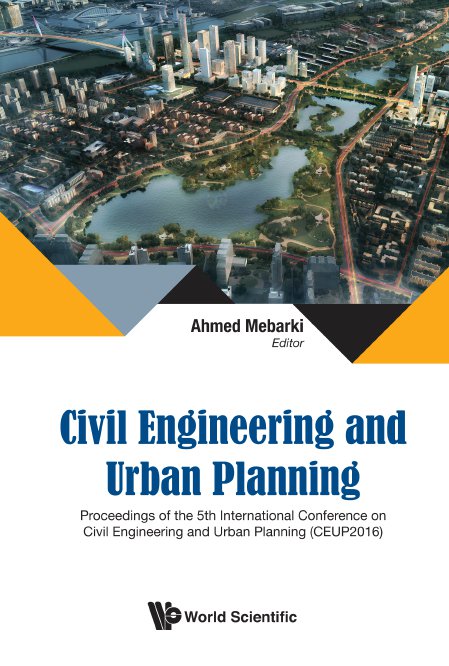Strength of Steel Fiber Reinforced Concrete in Pure Bending
New experimental data make it possible to start with the synthesis of the steel fiber reinforced concrete (SFRC) load resistance model. We consider four stages: the elastic stage, the stage of closed, isolated crack development and stages of through crack appearance in the absence of fiber ruptures and their presence. Mathematical expectations of the tensile loads as a function of crack growth or strains are found. Numerical experiments were carried out. The important results of these were a) Longitudinal resistance of fibers to crack growth reaches a maximum, after which it decreases to zero; b) Transverse one increases monotonically; c) Bond improvement leads to two opposite effects: an increase in longitudinal resistance and an earlier appearance of fiber ruptures. As a result, the total resistance increases if the crack opening is small, and decreases if it is large; d) the increase in the SFRC strength is larger when the bond is better.



